Kilkenny is fortunate to have a tremendous range of tree species through out our city. The range and quality of our trees is expanding as our interest in the importance of trees in our lives is better understood. In this section we review some of the “must see” trees in our City. Many have been planted specifically to have bee friendly flowers and fruit which can be collected in the summer or autumn or is available for the Kilkenny wildlife to enjoy. A city wide tree plan planting has been developed to aid our 8000 tree planting per year initiative in our City
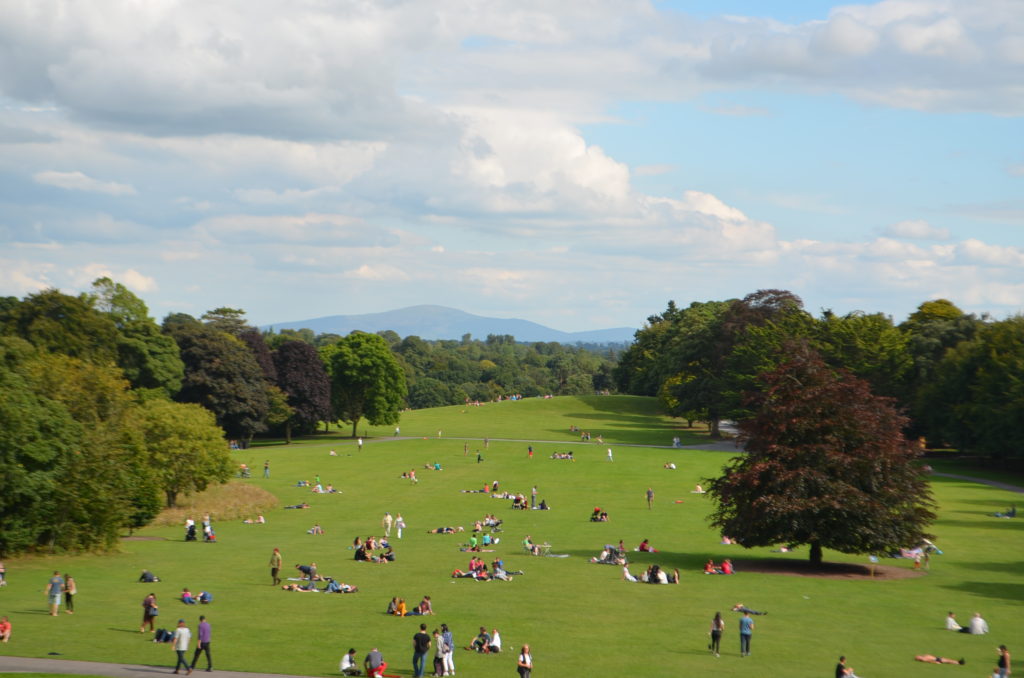
Kilkenny Castle park has many mature trees. Currently an extensive replanting programme is also underway in sections of the park. Above is a view to the south east over the Castle park with Mount Leinster as a focal point in the mid distance.
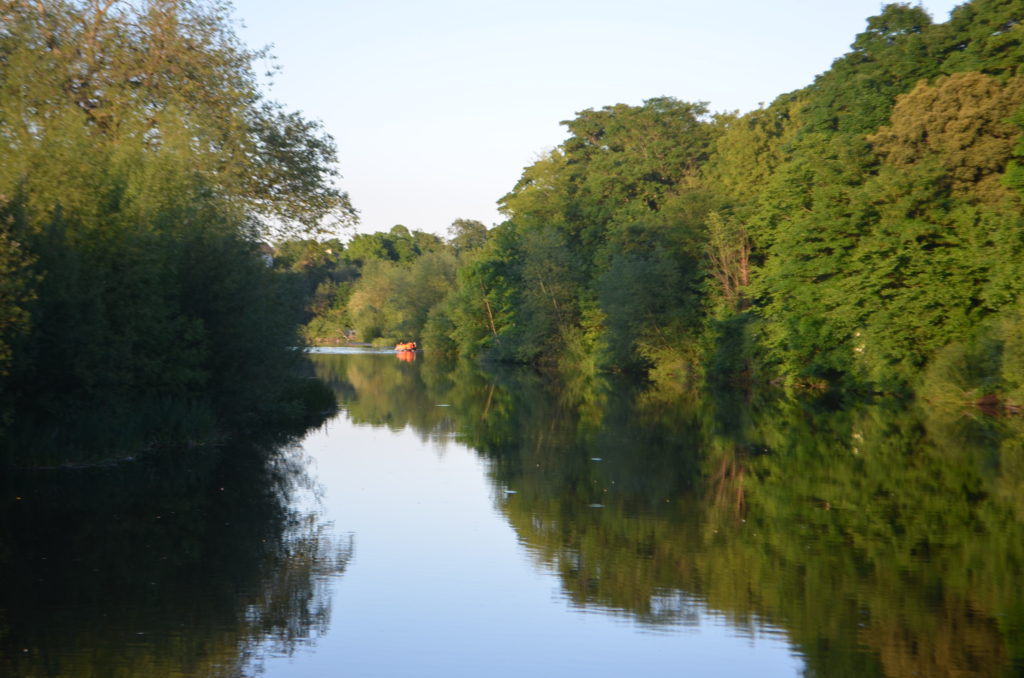
The many trees along the river Nore add to the attractive walks which we have, they provide shade for fish and shelter for birds, insects and mammals. River side willow, majestic limes and the sturdy oaks share space with many tree species. the woodpecker has been reported alon the river wooded zone in 2021 and 2022. the fast flying kingfisher can also be see.
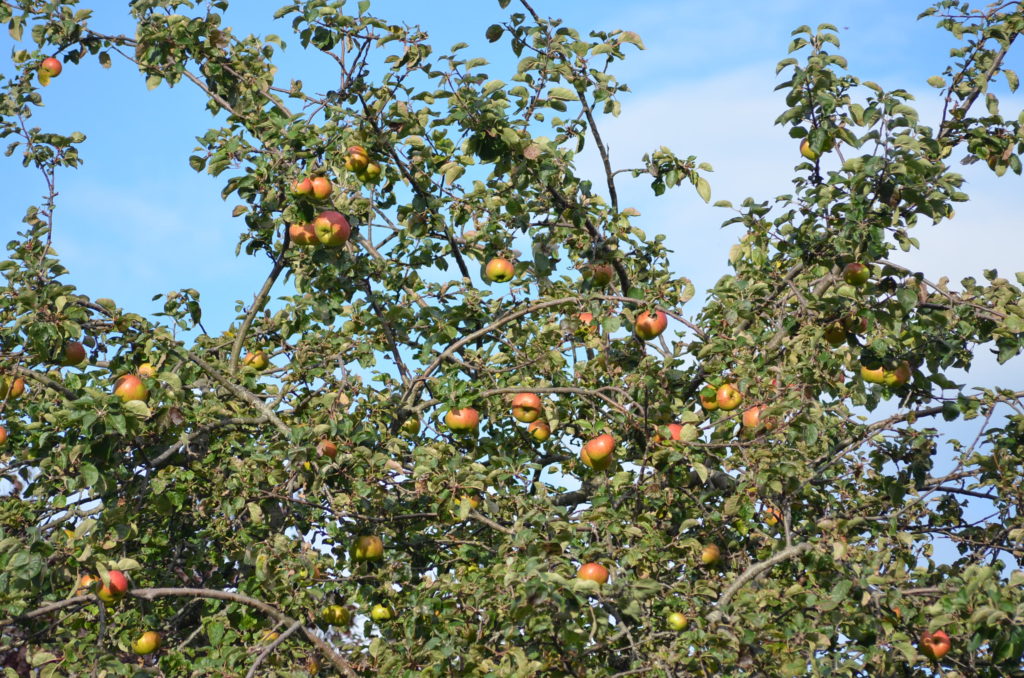
There are already many fruit trees and varieties in our city and we have planted many hundred apple and pear trees. This is an established older tree located in the city centre near the Black abbey which produces many apples in the autumn. Kilkenny is the orchard of Ireland due to its suitable climate for fruit trees.
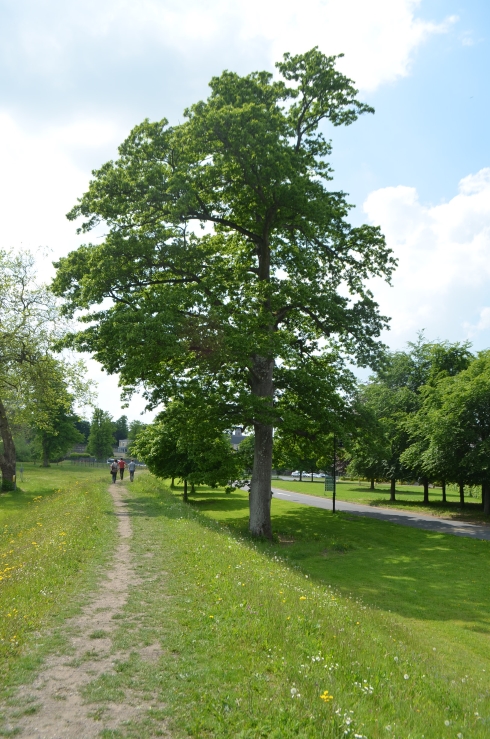
Sessile oak at County Hall (Quercus petraea) Dair ghaelach
Oak is important ecologically as habitats for species of birds and mammals and many invertebrate species along with many. Sessile means that the acorns have no stalk while those of the pedunculate oak hang from long stalks. they grow slowly and have a long life.
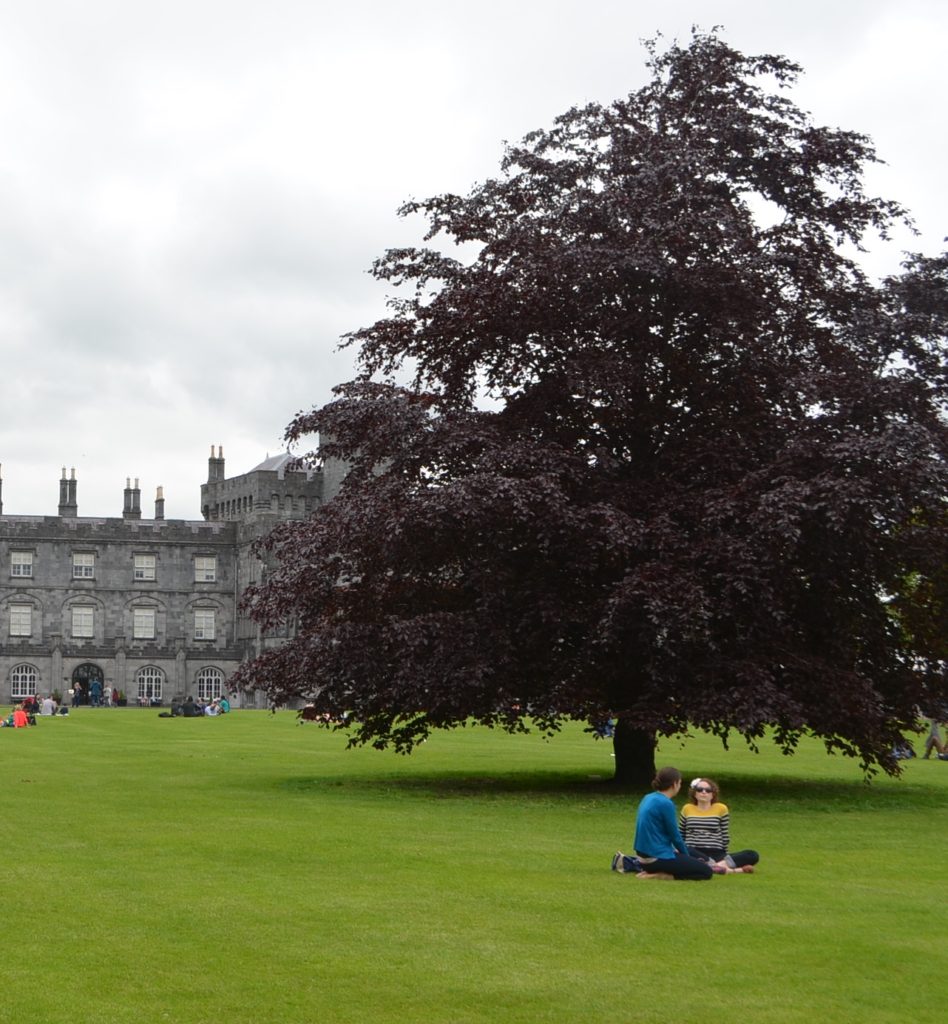
Copper Beech Trees (Fagus Sylvatica Atropurperea)
A fine purple beech in castle park planted c 20-25 years ago from seed from a previous tree in the same location by the OPW. Its attractive colour is a wonderful foil to Kilkenny Castle.
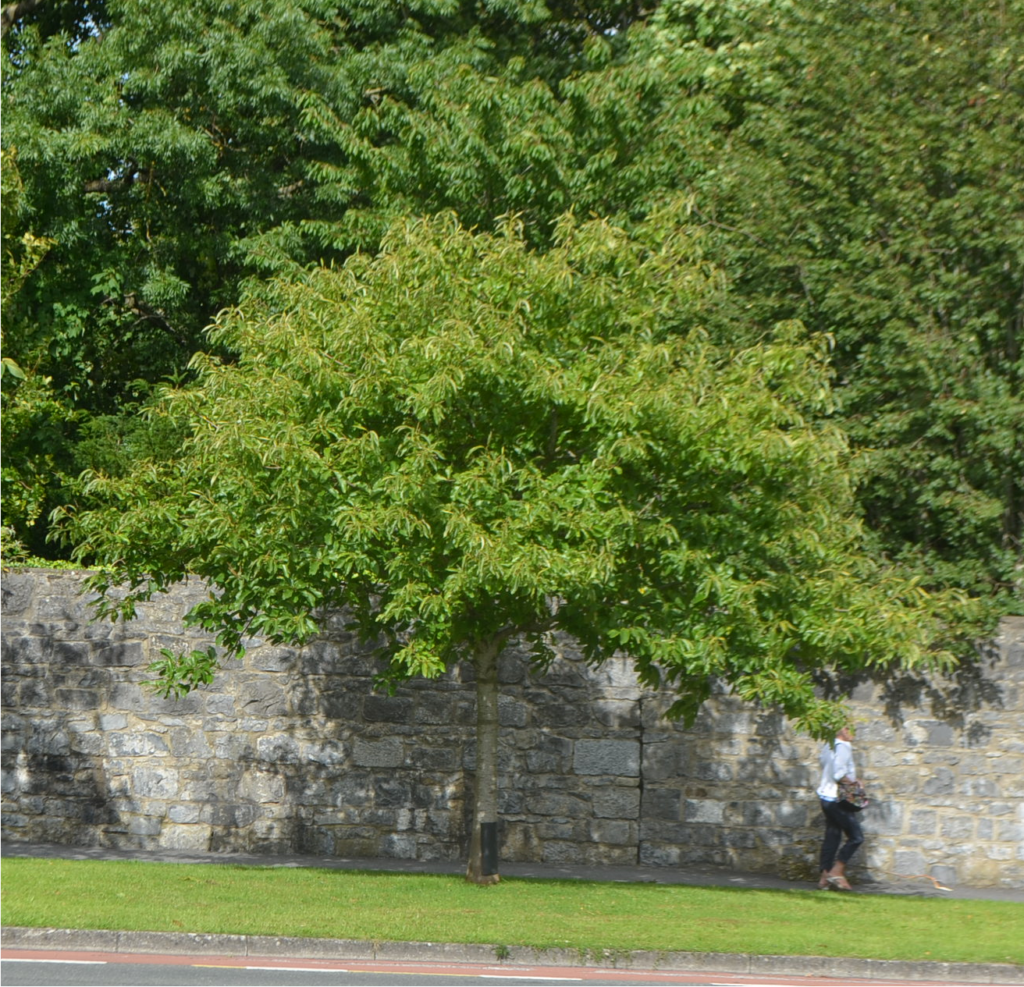
Sweet or Spanish chestnut.
Castanea sativa Mill.
It is tree from the Mediterranean region and it is not clear when it first came to Ireland. The Roman planted it initially in England. They like a warm and sunny location. The fruit is edible and can be collected in a good year and baked. Normally however they are quite small. The birds and squirrels and many small wild animals enjoy eating them. This tree is located on the Bennettsbridge road close to the tennis club and was planted by the KKB approximately 15 years ago. KKB continue to monitor it and it commenced fruiting in the last few years.
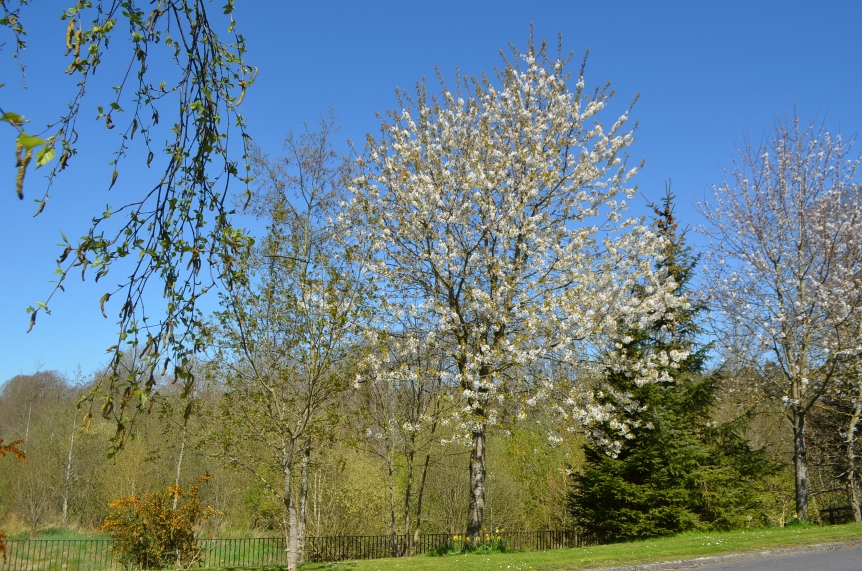
Above: Fine wild cherry tree in full bloom at Dukesmeadow planted by Dukesmeadow Residents association some 15-20 years ago.
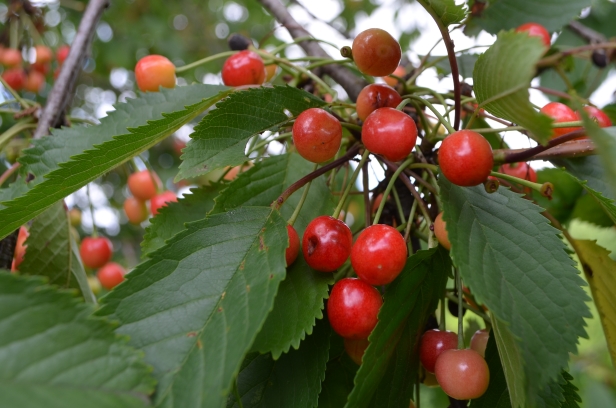
Wild Cherry … Prunus avium … silÃnà fiáin
Scientific classification
Kingdom: Plantae
Division: Magnoliophyta
Class: Magnoliopsida
Order: Rosales
Family: Rosaceae
Subfamily: Prunoideae
Genus: Prunus
Subgenus: Cerasus
Species: P. avium
The wild cherry can be found through out our city. In a good year (such as 2015) it is possible to pick the sweeter cherries and make jam or cherry pies. It is the birds however who really enjoy the fruit. Once they discover a tree with ripe cherries they will gorge themselves until there are none left. The cherry tree are also a good early pollinator with a mass of white flowers for bees in April and early May. (Above: picture of red cherry on Bennettsbridge road planted approximately 15 years ago by KKB)

